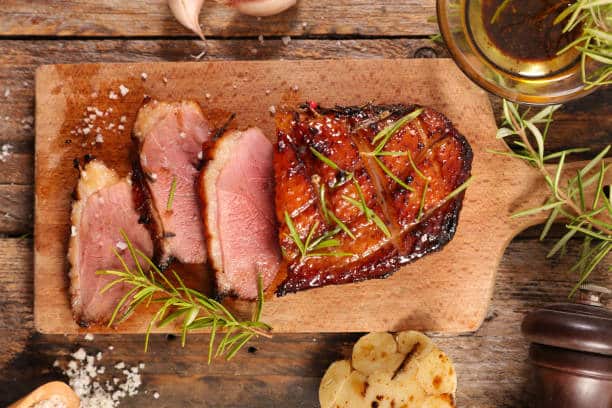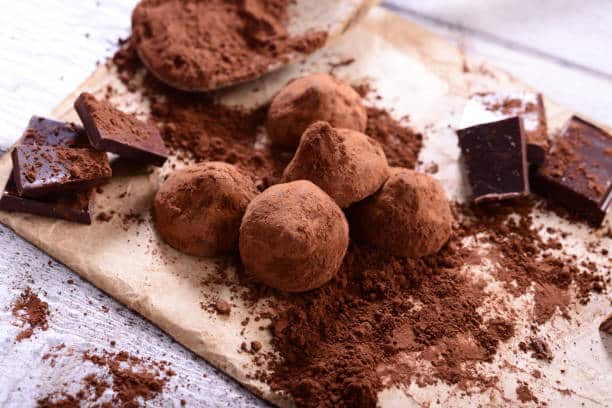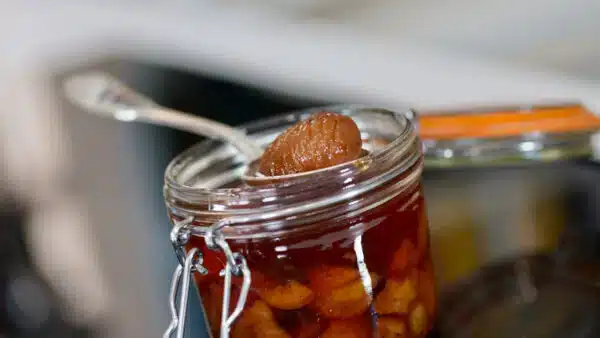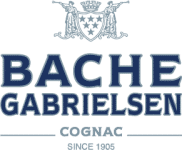Previous post
PUT YOURSELF IN THE SHOES
OF THE CELLAR MASTER
OF THE CELLAR MASTER
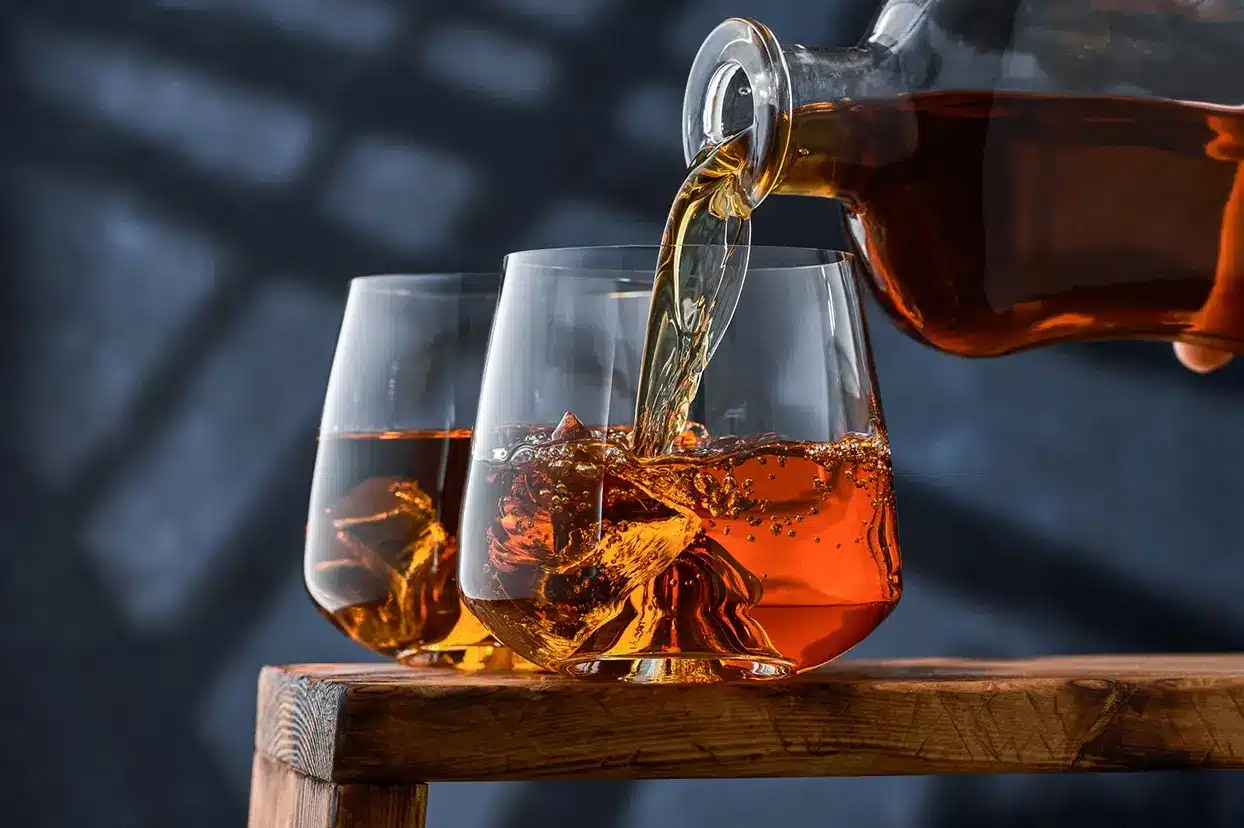
Brandy, from the Dutch word “brandewijn”, is the name given to brandies made from wine. This alcoholic beverage has a long history, rich in tradition and flavour. Brandy is the fruit of know-how, and its evolution has enabled it to become one of the best-known spirits in the world. In this article, we explore the history of brandy over the centuries, its differences with Cognac, the distillation and ageing process, and some suggestions for brandy pairings and recipes.

The history of brandy dates back to the 14th century, when Dutch merchants brought back wine from France, Italy and Spain. The journey was long and the wine often arrived damaged, so they came up with the idea of distilling the wine to make it travel more easily: “brandewijn” (burnt wine) was born. Once they arrived in the Netherlands, they diluted it with water to ‘recreate’ the wine. Some realised that ‘brandewijn’ was actually more pleasant to drink when the alcohol content wasn’t too low. As a result, brandy became a spirit with an alcoholic strength of at least 36°, rather than a wine.
Brandy is a grape-based spirit, in the same way as Armagnac or Cognac. It is produced by distilling wine obtained from the maceration of white or red grapes. It has a minimum alcohol content of 36° and is aged for at least 6 months in casks of less than 1000 litres or 12 months in larger casks.
Historically, brandy was produced in Europe: in France, Spain, Portugal and Italy. Today, brandy can be found all over the world, and the biggest brandy producers are France, Spain and India.
As a grape brandy, cognac does indeed fall into the broad category of brandies! In fact, it represents the largest sub-category of brandies sold in the world (almost 10%). There are many other sub-categories of brandy, such as Armagnac, also produced in France, grappa in Italy and pisco in Chile and Peru.
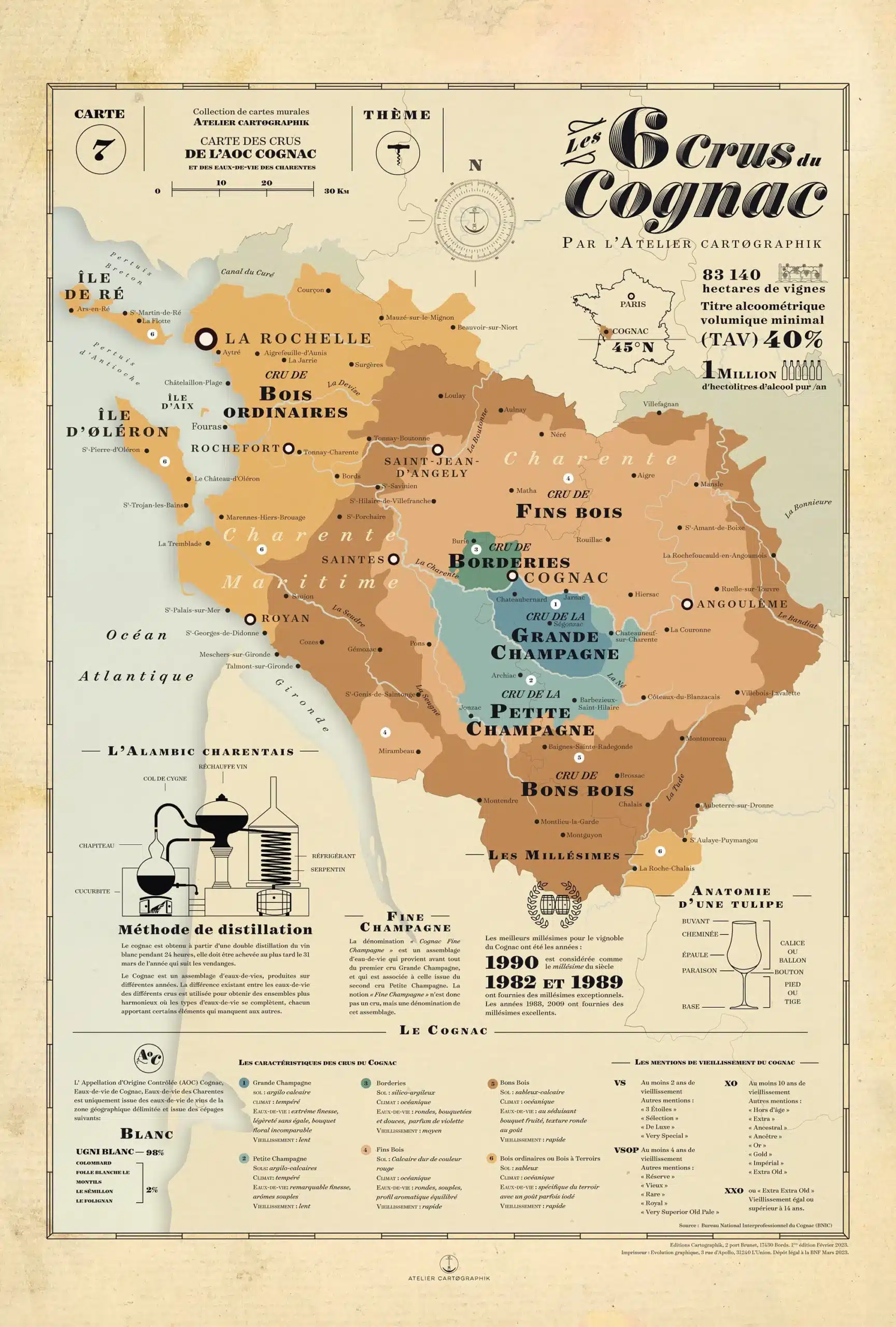
Cognac, unlike brandy, must be produced in a specific region. This production area has been defined since 1909, and the rules governing the Cognac appellation have applied since 1939. These rules are set out in a specification, and compliance with them is monitored by the BNIC (Bureau national interprofessionnel du cognac).

Cognac is made exclusively from white grapes and only 6 varieties are authorised: Colombard, Folle Blanche, Sémillon, Montils, Folignan and Ugni Blanc, which is the main variety.
There are various distillation methods for brandy, but only one method is possible for cognac: double distillation or “repasse” distillation in a Charentais still.
A first distillation of the wine produces the brouillis, which is then distilled in turn, known as “bonne chauffe”. This second toasting produces an elegant, pure eau-de-vie which, as it ages, becomes cognac.
Time and patience are of paramount importance when making cognac. The minimum ageing period is two years, compared with 6 months for a brandy. This ageing must take place in oak barrels, which traditionally come from the French forests of Limousin or Berry. But not always…#American Oak
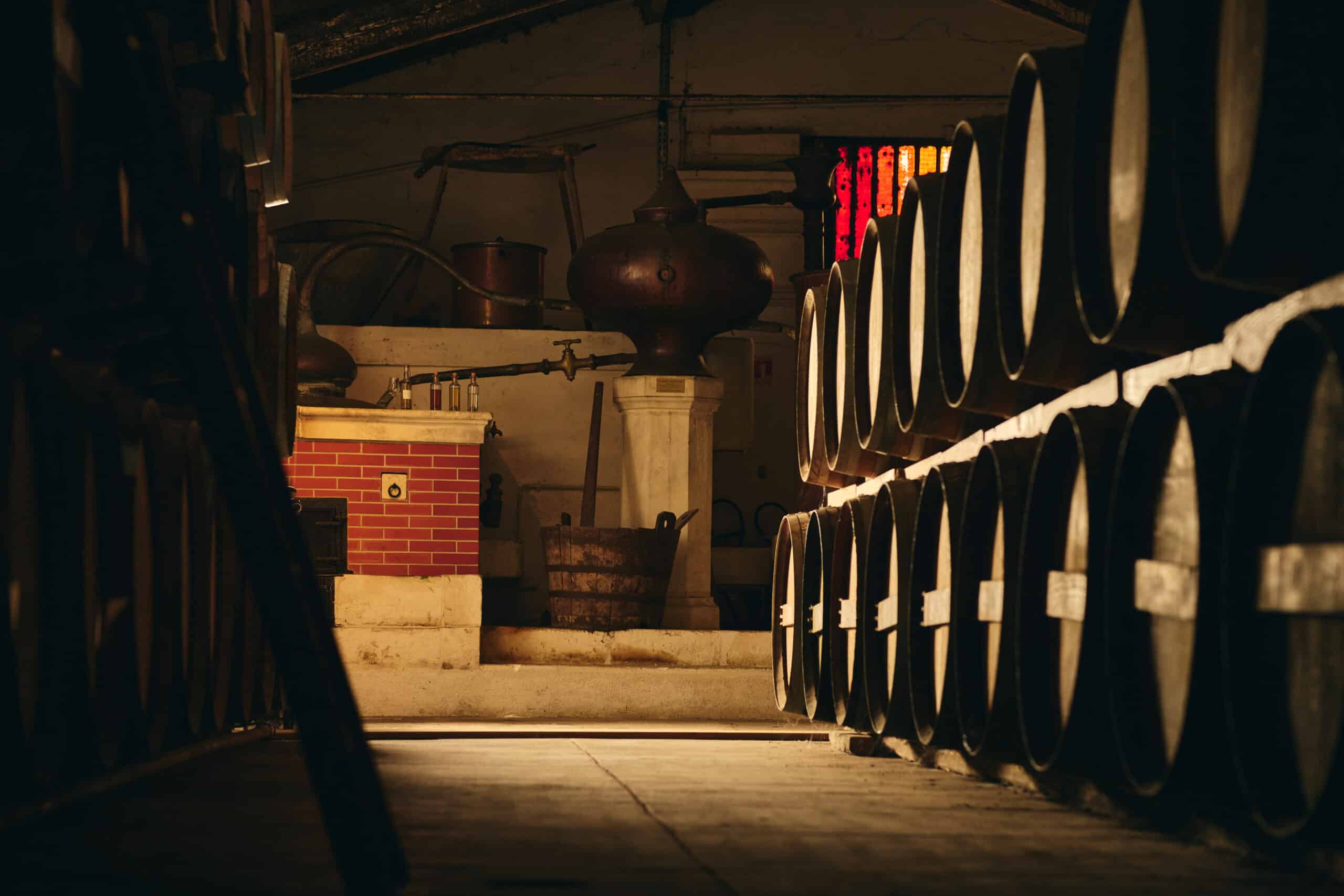
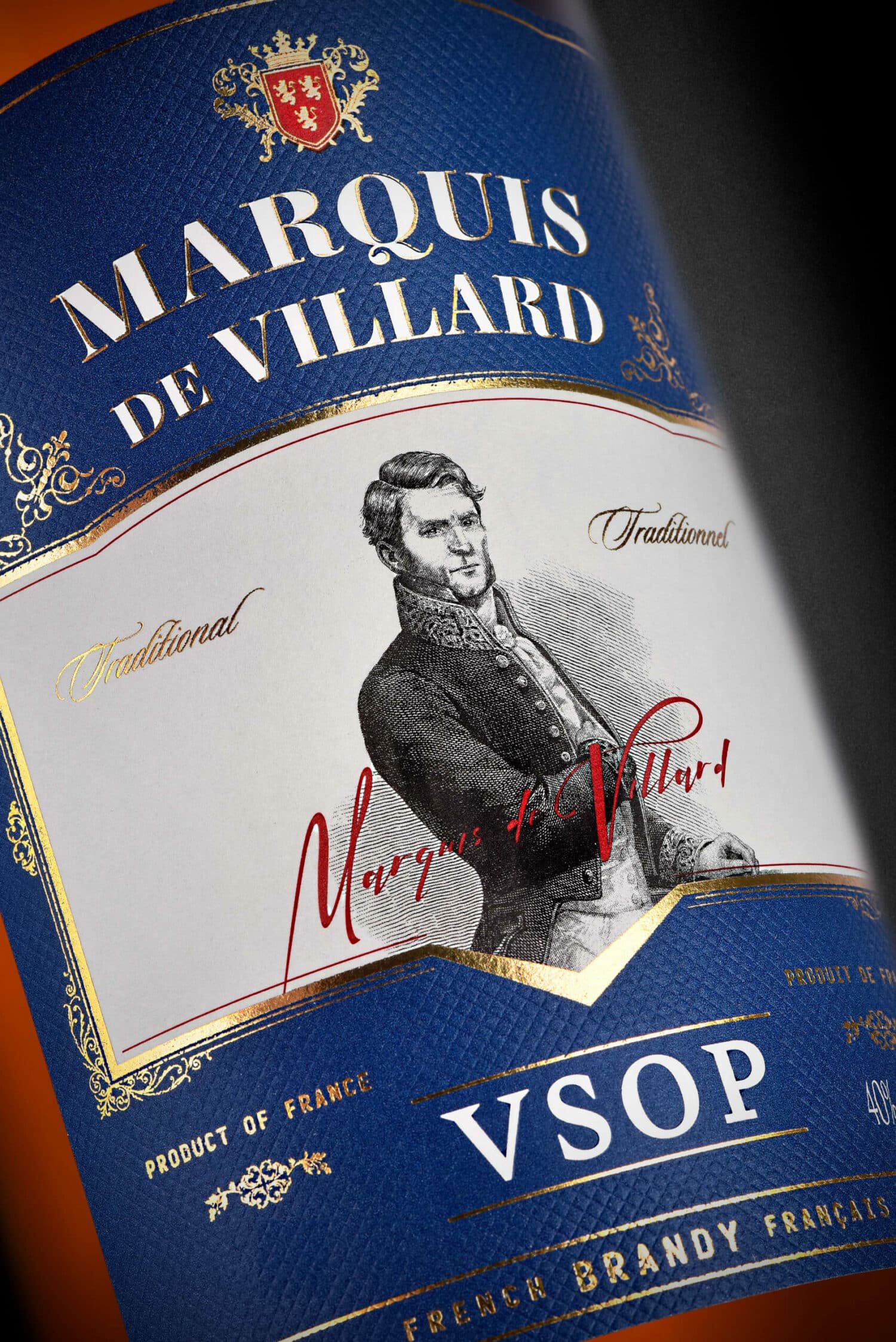
When tasted, brandy and cognac differ in a number of ways. In colour, but above all in aroma. Brandy, which generally undergoes more intense distillation, is more discreet and less aromatic than cognac. Cognac is distinguished by its power, complexity and unrivalled aromatic persistence. Both are excellent as digestifs.
Brandy is used in many cocktails. Its fruity, complex flavour makes it a favourite ingredient with mixologists, who use it in Pisco Sour, Cognac Crusta and Sidecar, for example. Here you’ll find lots of easy-to-make recipes using our Bache-Gabrielsen cognacs.
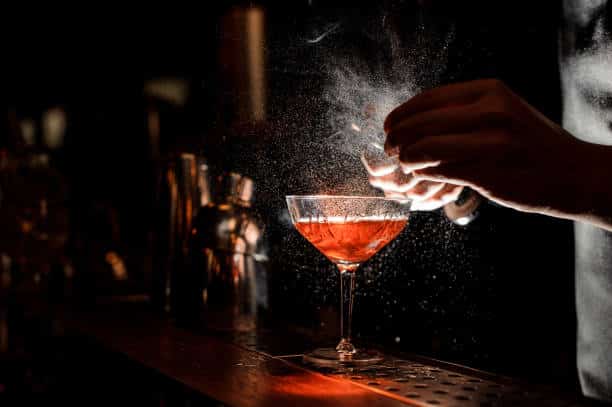
Brandy is a must for bartenders and cooks alike! It has been used for centuries in cooking to accompany dishes or in their preparation. There are many delicious recipes using brandy, such as duck flambé with brandy, truffles with cognac or the amazing chestnuts in cognac by Bruno Albouze.
